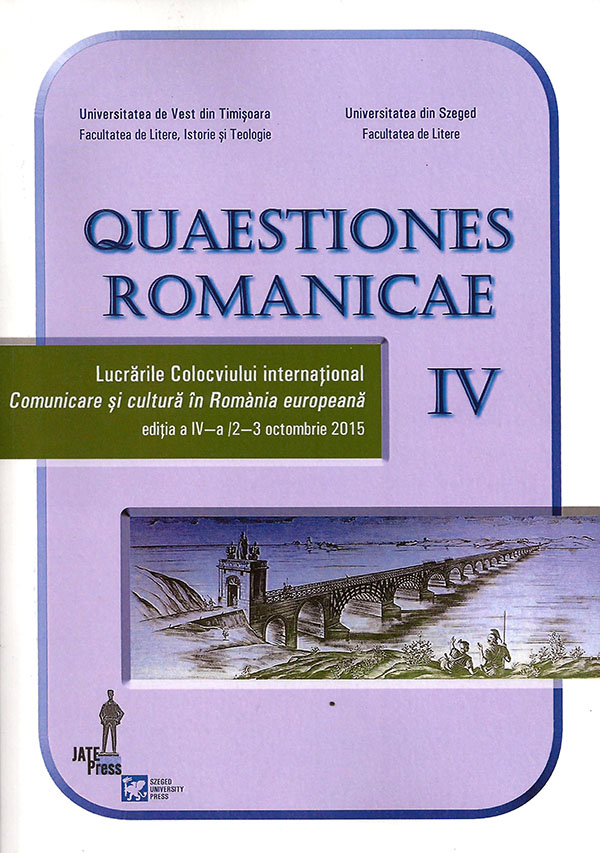La belleza en Marianela de Benito Pérez Galdós
Abstract: (The beauty in Marianela by Benito Pérez Galdós). Throughout history, the beauty has always been the object of contemplation, of admiration, amazement, of desire, but also a time for reflection. Beauty is the most constant human obsession. At all times, human beings have adored the beauty and have been intrigued by it. The history of mankind is also the history of beauty. There is no great writer who hasn’t written any phrase about beauty. Umberto Eco in the introduction of his essay Storia della Bellezza warns that beauty is not absolute or unchanging, has changed faces depending on the season, and often has coexisted even several models of beauty. Many centuries the beauty was associated with virtue, a person virtuous was also, in the spirit of Plato's philosophy. In the world of ideas, truth, beauty and goodness are linked. This concept formed the basis of the neo-platonic thought thinking and survived over the centuries; echoes of it you will find in the replicas of Paul, in Marianela by Benito Pérez Galdós: the protagonist said that beauty is “the radiance of the goodness and truth”. But Galdós deviates from this conception, since Marianela, its protagonist, has all the virtues, but it is not beautiful. For being ugly, Marianela loses the love of Paul and the possibility of having a full life. There is no doubt that beauty is the theme of this novel of Galdós.
Keywords: beauty, Spanish literature, Marianela, Benito Pérez Galdós.
Resumen: A lo largo de la historia, la belleza ha sido siempre objeto de contemplación, de admiración, de asombro, de deseo, pero también de reflexión. La belleza es la más constante obsesión humana. En todas las épocas, los seres humanos han adorado la belleza y se han mostrado intrigados por ella. La historia de la humanidad es también la historia de la belleza. No existe gran escritor que no haya escrito alguna frase sobre la belleza. Umberto Eco en la introducción de su ensayo Storia della bellezza advierte que la belleza no es absoluta o inmutable, ha cambiado de rostro según la época, y a menudo han coexistido varios modelos de belleza. Muchos siglos la belleza estuvo relacionada con la virtud, una persona bella era también virtuosa, en el espíritu de la filosofía de Platón. En el mundo de las ideas, la Verdad, la Belleza y el Bien están vinculados. Esta concepción constituyó la base del pensamiento neoplatónico, y sobrevivió a lo largo de los siglos; ecos de ella encontramos en las réplicas de Pablo, en Marianela de Benito Pérez Galdós: el protagonista dice que la belleza es “el resplandor de la bondad y de la verdad”. Pero Galdós se aparta de esta concepción, ya que Marianela, su protagonista, tiene todas las virtudes, pero no es bella. Por ser fea, Marianela pierde el amor de Pablo y la posibilidad de tener una vida plena. No cabe duda de que la belleza es el tema de esta novela de Galdós.
Palabras clave: belleza, literatura española, Marianela, Benito Pérez Galdós.
